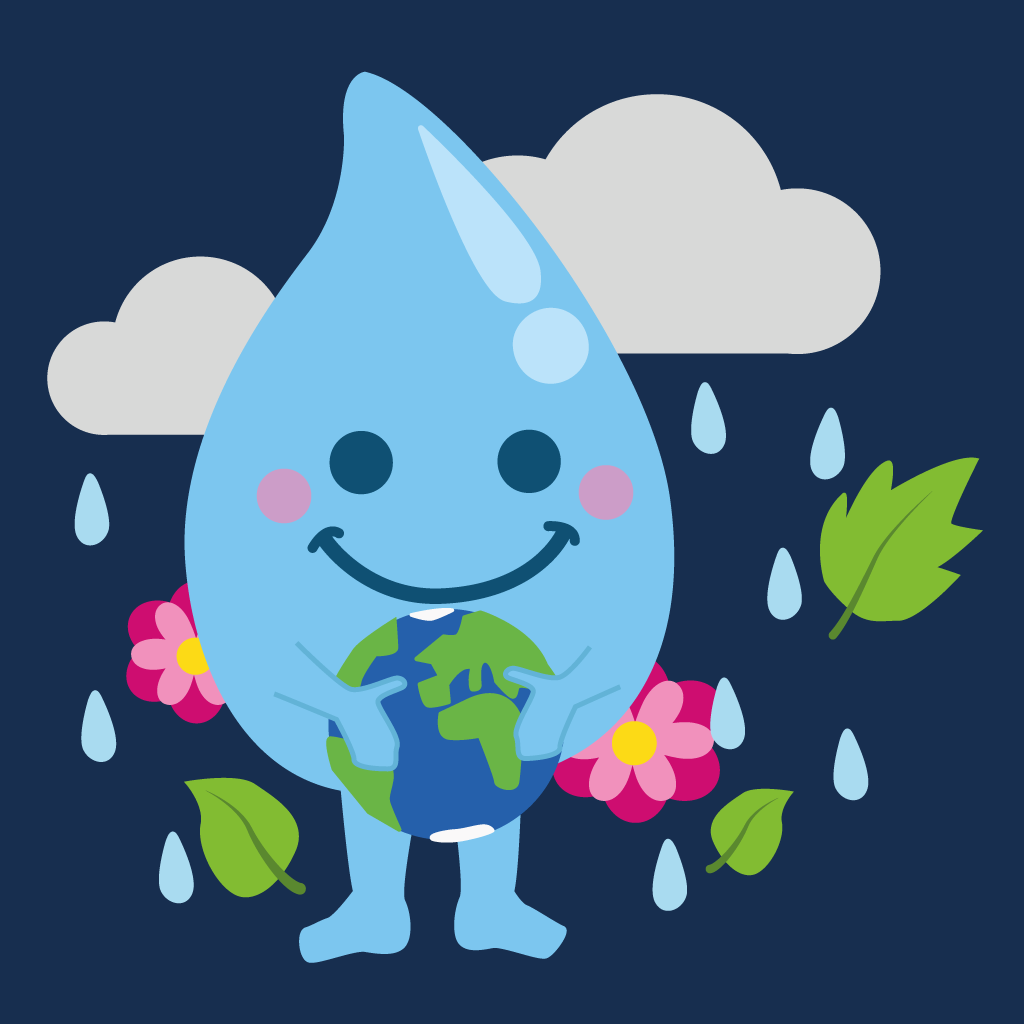
March 22, 2021 is World Water Day.
Water conservation has become a key issue for all populations.
Water, the elixir of life …
Where there’s water, there’s life. Water is an essential element for the development of all organisms, and has been since the dawn of time.
This liquid is present everywhere in varying quantities: 60% of it is found in the human body, or covers 70% of the earth’s surface.
This resource is also one of our most precious daily allies. We use it for showering, cooking, cleaning, dehydrating, gardening…
Average per capita water consumption is around 150 liters per day.
Drinks: 1% of total
Kitchen: 6% of sales
Car/garden: 6
Dishes: 10
Linen: 12
Sanitary: 20
Bath/Shower: 39
Miscellaneous:6% Other
(source : https://www.cieau.com/ )
Businesses also consume a great deal of this resource.
Agriculture accounts for 80% of drinking water consumption worldwide, followed by industry with 12% and public consumption with 8%.
… which is becoming rarer
Water conservation is becoming a necessity.
Only 2.5% of the earth’s water is drinkable. We call it fresh water.
But we’re not all equal when it comes to access to water.
1.1 billion people have no access to drinking water, and some 2.4 billion have no sanitation.
What’s more, many populations have no running water. The tedious task of fetching water falls to many women.
Fresh water is becoming a scarce resource. Pollution, climate change, overpopulation and misuse are the causes of this depletion.
And you don’t just magically create fresh, drinkable water. Processes are put in place to treat water and make it clean and drinkable.
The serious consequences of this scarcity
The figures are worrying and quite explicit.
In fact, 2 billion people drink water contaminated by faecal matter (WHO figures). These contaminations are the cause of major illnesses in the most precarious countries, such as the transmission of cholera, typhoid and dysentery.
According to the World Resources Institute, 33 countries will face water supply crises by 2040, mainly in Africa and the Middle East.
This demand for more water than is available is known as “water stress”. A term designed specifically for this growing problem, which will continue to spread.
Use of fresh water requires treatment
Water treatment is an essential step. Otherwise, wastewater would contaminate nature and groundwater, leading to pollution and disease.
The water is treated before entering the distribution circuit (running water in homes). But also afterwards, once they’ve been used, they’re purified. Finally clean (but not drinkable), the water is discharged into the environment.
The process of treating water to make it drinkable includes several filtering stages. However, the presence of micro-particles in the water makes the task more complex, especially with increasing pollution. This process takes time and costs money.

Water undergoes several stages of treatment before and after use.
Solutions can be put in place…
Everyone can take action to regulate their water consumption, or at least use it more responsibly.
This includes rainwater harvesting and reuse, as well as the management of grey water (wastewater from dishes, showers and baths) and black water (wastewater from toilets).
Some manage to be virtually self-sufficient in water, using rainwater for daily use with specialized tanks and filters (making the water drinkable requires further steps with additional filters). Leading sites on the subject include Ec Eau Logis and Eautarcie.
… Lécopot has some for you!
Knowing your water consumption can help you implement water conservation solutions.
The Amphiro is a tool that displays your water and energy consumption while you shower. So you know where you stand!
Our range of dry toilets with controlled organic litter use no water (except to wash the bucket). These are significant water savings for your wallet, but also for the environment.
Let’s do a quick calculation:
A flush averages 9 liters of water, and an adult relieves himself an average of 5 times a day.
A dry toilet saves 45 liters of water per day and 16,425 liters per year!
What’s more, dry toilets coupled with composters can be used to compost your BLT (bio-controlled litter toilet) waste. So you can recycle your own toilet waste and turn it into fertile fertilizer! A significant solution for water conservation, waste reduction and a nice boost for our planet!
Questions about dry toilets, or just curious? Visit our website or our blog.
